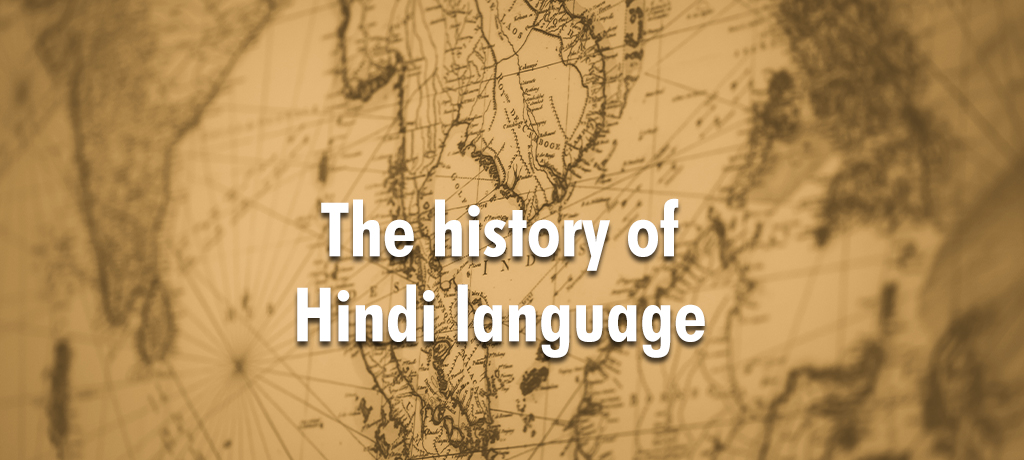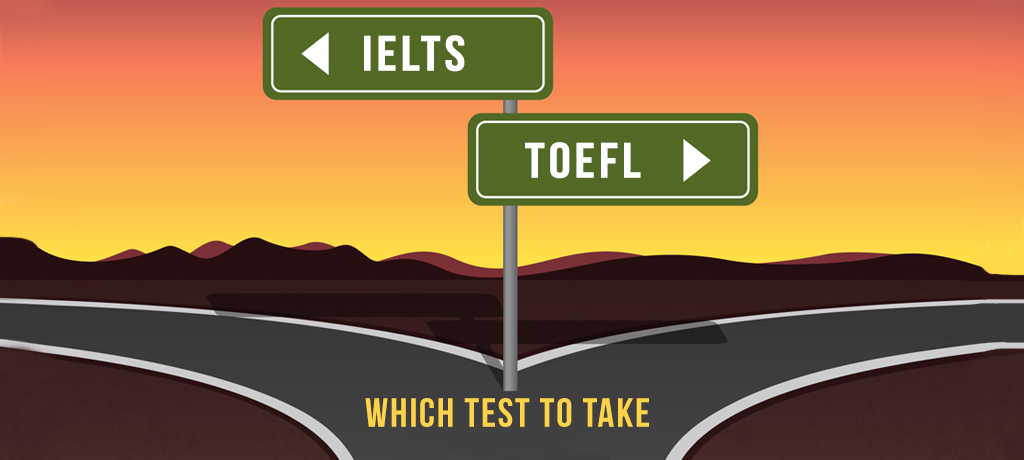India, in her past, has faced several foreign invasions. Each ruler, invader, settler brought his own Gods and rituals and ways of communication. The amalgamation of several languages and the strife to polish communication resulted in the languages that we speak today. Hindi, of course springs from the great Sanskrit and is influenced by Persian as well. If Urdu and Hindi are compared, it is inevitable to notice that both the languages are more or less similar, except the script- Hindi is written in the Devnagri script and has strong roots in Sanskrit which is written in the similar script, whereas Urdu springs from Persian and the script is Arabic.
The journey of Hindi begins from the Aryan invasion or migration in about 1800 BCE to North-Western India. Aryans brought with themselves the sacrosanct Sanskrit, which is part of the Indo Germanic or Indo European family of languages. But Sanskrit in herself was not a complete language yet. The evolution of any language walks along with the evolution of human beings and the more objects to name in your surroundings the more vocabulary you develop. As life became complex so did the language. The Aryans were tribal, therefore primarily, hunters and gathers. It was their coming to the fertile regions of Indo-Gangetic plains that they decided to lead a more settled and pastoral life and it was then that they were introduced to more objects, like a plough, for which they did not have a word. Sanskrit was not a written language until after 500 BCE and so the Aryans did not even have words for ‘writing’, ‘reading’ or ‘record’.
The inception of a lot of vocabulary in Sanskrit came from the indigenous people of Indian subcontinent. For about 500 years the hymns of the Rig Veda were learnt by heart, with no alterations whatsoever until they were finally written down.
Hindi, today can be compared to English in the West. Not only is Hindi the lingua franca of the Indian Subcontinent but also, just like the English language, the formation of Hindi stands on the inclusion of words from not only the myriad vernaculars from around the subcontinent but also from the Mughal, English, Portugal and French rulers India had in the past. For example, did you know the word “Chabi” (key) comes from the Portuguese word “Chave”. The word “Angreez” (English) comes from the word “anglasis” which is French. And don’t get me even started on English!
The truth is that Hindi language is not just a language that is widely spoken and understood in India but the making of it makes it more eloquent and articulate than the other language. It is embedded with the rich, colourful and contrasting past of the country, making it far more expressive than any other language that I know of.






